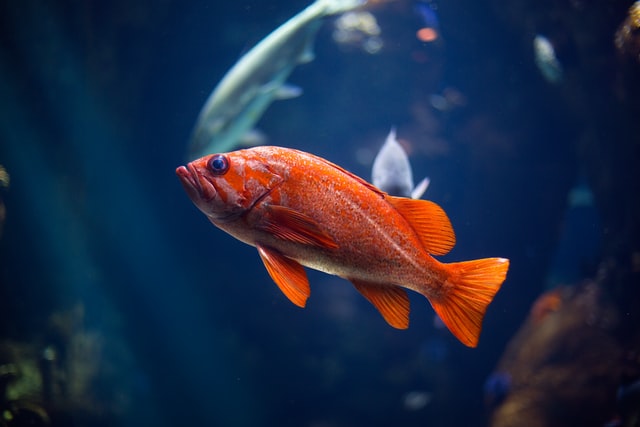Have you ever thought about making floating fish feed at home? Maybe you even tried to do it yourself, but then gave up in a few days?
Floating Fish Feed DIY is a good idea if you are in a budget or want to make your home more attractive with the fish pond. It is not only about just feeding them but it also good for green algae control.
Floating feeds are not only popular in aquaculture, they are great for small farm ponds and home garden fish as well.
Floating feeds are not only popular in aquaculture, they are great for small farm ponds and home garden fish as well. They can be used to feed tilapia, catfish, carp, goldfish, trout and other fish species.
Floating feeds are so effective because the ingredients are mixed together to form a dough called a “soft feed” that is then extruded into pellets of various shapes and sized using an extruder. Because the feed is more moist than traditional dry pelleted feeds, it has a soft outer coating when it is dry. This gives it a favorable texture which makes it very palatable to fish. The other advantage of floating fish feed is that since it floats on the water surface, it can be monitored by the fish farmer who can see how much of the feed has been consumed and how much is left over. This allows for accurate monitoring of feed intake.
Another benefit of floating fish food is that with some ingredients you can add vitamins and minerals that are required by the fish in their diets.
Raw Materials For Making Floating Fish Feeds
- Proteins: Soybean, cottonseed meal, high protein maize meal, animal products such as bloodmeal, fish meal and bonemeal etc
- Carbohydrates: Maize (corn), wheat, rice bran etc
- Fat/Oil: Groundnut oil, palm oil, coconut oil etc
- Minerals: Raw salt (halite), limestone, dolomite etc
- Vitamins: Vitamin A, C, E and B-complex (riboflavin) etc
- Binders/Stabilizers: Molasses or honey, gelatin or gum arabic (gum acacia), casein (from milk)
Home-made fish feeds are very popular in many parts of the world. Some people, who have access to good quality fish feed, still prefer to make their own fish feed because they can control the ingredients and add some of their favorite fish food items, such as cooked eggs, tubers, and vegetables. Also, home-made fish feed is less expensive than most commercial feeds.
Floating feeds are not only popular in aquaculture, they are great for small farm ponds and home garden fish as well. Although most species can consume sinking feed pellets, some species like catfish do better with floating feeds, because these pellets remain longer at the surface of the water where catfish feed. Also, floating fish feed pellets are suitable for feeding large tilapia in cages or net pens.
Ingredients used to make floating feed at home
One of the most important things that can contribute to the success of your fish farming business is the type of feed you provide.
A good floating fish feed will ensure that your catfish grow faster and healthier. It also reduces feed wastage and fish mortality, thereby increasing your profits.
You can either make or buy fish feed for your catfish, but making it at home is very easy, cheaper and ensures that your fish get the right nutrients for their growth.
How to Make Floating Fish Feed
Here are the ingredients you need to make floating fish feed.
1. Soybean meal: 16kg
2. Corn meal: 8kg
3. Soybean oil: 1 liter (you can use groundnut oil)
4. Vitamin premix: 100g
5. Bone ash: 50g
6. Salt: 30g (for taste), you may use monosodium glutamate for flavor
7. Premix feed additive: 10g
8. Starter Culture (mycotoxin binder): 5g
What other ingredients can you add?
The most important ingredient of the floating fish feed is the wheat flour. Wheat flour contains gluten with an elastic and sticky nature. The gluten layer can wrap up the other ingredients and makes them float on water.
Here is a list of the other ingredients to include:
Vitamins
Minerals
Protein
Oils
You can find these ingredients as premixes in the market. If you are making a large quantity, then it is very cost-effective to make your own fish feed by mixing these ingredients in a suitable proportion.
The systems and processes used to make commercial floating fish feed are generally done in large factories, with all of the labor and machinery needed to enable mass production at a fraction of the cost. But for those of us who have only a small amount of fish, can we expect the same results?
Fortunately, the answer is yes, and you can even save money by making your own. The next time you visit your local pet store, inquire about how they make their floating fish food. It’s not as complicated as you might think. Just a bit messy and stinky!


